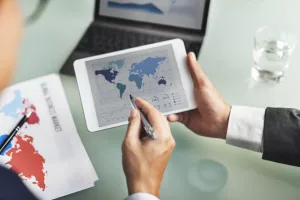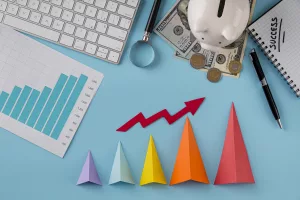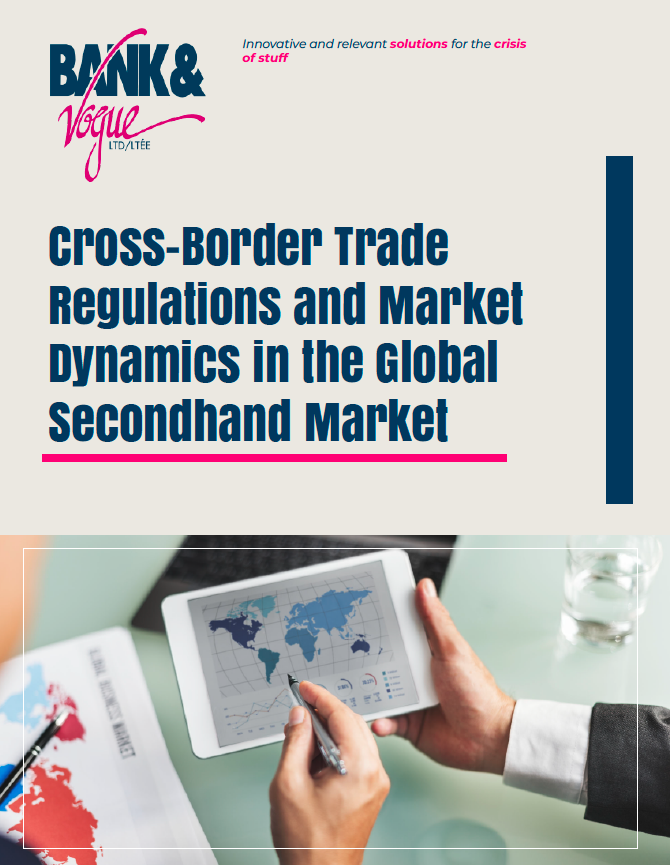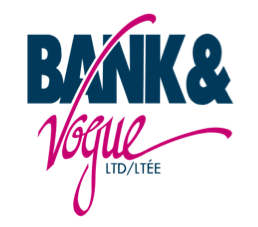The global secondhand market in 2025 continues to evolve as a major force in sustainable commerce, driven by climate goals, shifting consumer values, and international pressure for circular economy implementation. Yet, this expansion faces regulatory hurdles—ranging from environmental standards to trade restrictions and tariffs. This white paper unpacks the latest developments across key regions, examines strategic implications for businesses, and offers a forward-looking perspective on navigating the future of cross-border secondhand trade.
- Introduction: A Shifting Landscape
Secondhand goods—especially textiles and electronics—play an essential role in reducing waste and extending product life cycles. However, global trade in used goods is increasingly shaped by regulatory measures aimed at reducing environmental harm, protecting local industries, and enforcing quality control. Companies must now adapt not only to sustainability expectations but to rising scrutiny and legal obligations from trade partners and destination countries.
- Import/Export Restrictions and Market Access
2.1 Global Trends
Africa: Rwanda fully enforces its secondhand clothing import ban. Nigeria has introduced quality checkpoints at ports. East Africa, under EAC coordination, is reassessing secondhand trade’s long-term role amid domestic textile sector investments.
India: India maintains restrictions on used electronics and emphasizes formalized e-waste recycling partnerships, including stricter import conditions under its EPR framework.
Latin America: Guatemala remains relatively open and is considered an emerging destination for U.S. and EU exporters. However, Colombia prohibits the import of secondhand clothing outright, and Peru imposes restrictive regulations that make importing secondhand goods difficult or economically unfeasible.

2.2 European Union Export Compliance
The EU Strategy for Sustainable and Circular Textiles mandates sorting and end-use verification for used textiles.
Exporters must comply with stricter environmental requirements and Digital Product Passport pilots for textile traceability.
2.3 Supply Chain Case Example
In 2025, several German exporters have shifted toward AI-assisted sorting to meet France’s and Italy’s high-grade import requirements, reducing rejections and improving customs clearance efficiency.
- Tariffs and Trade Agreements
3.1 Changing Tariff Structures
United States: A broad 10% tariff now applies to most imports, including some secondhand items, unless exempt through trade agreements such as USMCA. However, most traditional bulk secondhand goods for reuse remain lightly regulated.
The U.S. eliminated the $800 de minimis exemption for shipments from certain countries such as China, which has affected low-value direct-to-consumer secondhand transactions but not large-scale wholesale trade.
3.2 Regional Impact
AGOA (Africa Growth and Opportunity Act) was extended to 2030, with added transparency and environmental compliance criteria that secondhand exporters must now meet.
USMCA continues to enable favorable trade conditions for eligible secondhand goods, though increased documentation and inspection requirements have slowed some border crossings.
Kenya introduced a 5% environmental levy on imported used clothing to support local textile waste management and recycling initiatives.
3.3 Strategic Insight
Some U.S. exporters have created regional hubs in Guatemala and Mexico to improve shipping logistics and reduce exposure to unpredictable regulatory changes elsewhere.
- Environmental Regulations and EPR Implementation
4.1 Regulatory Acceleration
- EU is advancing toward mandatory Extended Producer Responsibility (EPR) for textiles by 2026.
- India has implemented EPR obligations on electronics and is expanding frameworks to include imported footwear and textiles.
- Canada is piloting federal-level EPR schemes for textiles, particularly around urban waste diversion goals.
4.2 Compliance and Opportunity
Meeting these standards enhances market access and buyer trust. Exporters that demonstrate robust environmental compliance increasingly benefit from collaboration with public procurement and sustainable sourcing initiatives.
4.3 Innovation in Action
Companies like Bank & Vogue have partnered with AI firms to implement automated sorting and tagging, reducing contamination and meeting EU re-export and circularity standards.
- Strategic Recommendations
5.1 Invest in Technology
- Adopt AI-powered sorting and quality grading.
- Prepare for the implementation of Digital Product Passports.
5.2 Diversify Markets
- Explore secondary markets in Southeast Asia and regions with supportive trade policies.
- Reduce dependence on markets with rising protectionism or strict bans.
5.3 Strengthen Local Partnerships
Collaborate with local recycling and logistics partners to meet EPR and sustainability benchmarks.
5.4 Engage in Advocacy and Standards Development
Join efforts led by SMART, WTO, and UNCTAD to shape globally harmonized standards for used goods.
- Conclusion: Embracing a Circular Trade Future
The secondhand industry is no longer an informal or fringe trade. It is central to global circular economy strategies. Navigating 2025’s trade and regulatory ecosystem requires investment, agility, and cross-sector collaboration. Those who adapt will not only survive but lead the next wave of sustainable commerce.
About Bank & Vogue
Bank & Vogue is a global leader in secondhand solutions, offering wholesale services and circular logistics for pre-owned clothing, accessories, and consumer goods. With innovation and sustainability at its core, the company supports partners worldwide in navigating evolving regulatory landscapes while advancing a shared vision for circular fashion.








